Magic Brush
The Magic Brush tool  (W-key) lets you select complex objects and is also helpful to improve the result achieved with the automatic selection tools. This intelligent brush works with color sets: it keeps some colors and deletes others.
(W-key) lets you select complex objects and is also helpful to improve the result achieved with the automatic selection tools. This intelligent brush works with color sets: it keeps some colors and deletes others.
This smart tool keeps the points having the colors listed in the Keep Colors field and deletes the points having the colors listed in the Drop Colors field. Other colors are kept or deleted according to their closeness to one or another color set.
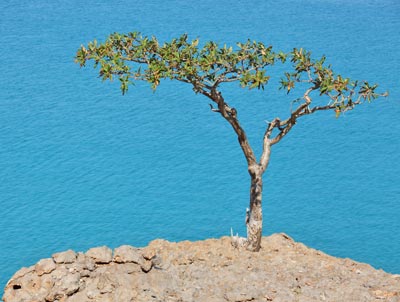
Original Image
-
Step 1. Select colors for the fields: Keep Colors and Drop Colors using the eyedroppers
 under each list in the Settings Panel. You can select a maximum of 5 colors in a list.
under each list in the Settings Panel. You can select a maximum of 5 colors in a list.
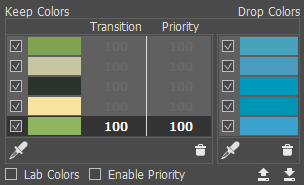
When you click on the image with the eyedropper, it displays a Color Ring with 5 sectors that shows the information about the colors in this area:
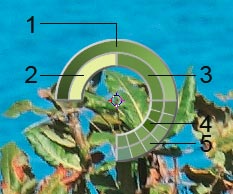
1. Gradient line with the current color in the center, on the left side is +30% black, and on the right side +30% white.
2. The previously selected color.
3. The current color of the pixel where the cursor is.
4. Colors of surrounding pixels.
5. Average colors from areas of 3x3, 5x5, 11x11, 31x31, 51x51, 101x101 px (around the eyedropper's tip).
This smart tool helps you select colors more precisely. If it's hard to catch a certain color, you can see adjacent tints in the Color Ring and select the color on the ring while holding the Ctrl-key.
The check marks in the Keep/Drop lists define the colors that will be taken into consideration when calculating the result. To exclude a color from processing just uncheck it.
In the Keep Colors field, you can configure the following settings for each color:
Transition (10-100). The parameter defines the smoothness of the boundary between the given color and the background that should be deleted. The smaller the value of the parameter, the rougher the processed boundary will be.
Priority (10-100). Colors with a higher priority will remain in the image after processing with the brush. The lower the priority, the higher the probability that the color will be removed.
Activate the Enable Priority check-box in order for the specified values for the Transition and Priority parameters to be taken into account when processing.
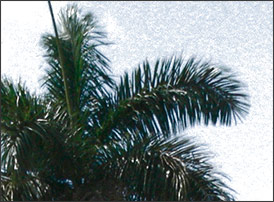
Check-Box Disabled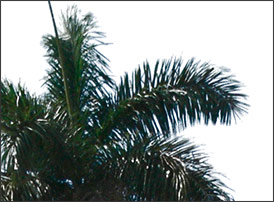
Check-Box EnabledLab Colors check-box. When the check- box is activated, the brush uses the Lab color space, which can improve the accuracy of the processing result. When the check-box is disabled, the brush uses the RGB color space.
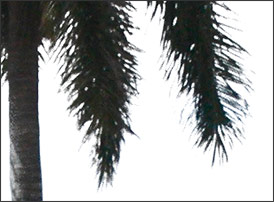
Check-Box Disabled
Check-Box EnabledTo delete a color from the list, select this color with a left-click of the mouse and click on
 . You can select several colors with the Ctrl-key. It's possible to clear the list using the menu that shows by right clicking on the list.
. You can select several colors with the Ctrl-key. It's possible to clear the list using the menu that shows by right clicking on the list.
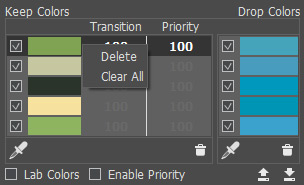
You can save the lists of the colors by using
 and load by clicking on
and load by clicking on  .
.
-
Step 2. Adjust the diameter and hardness of the brush:
Size is the tool's diameter (in pixels).
Hardness is the blurriness of the tool's edges. The lower the value the more blurry the tool's edges become.
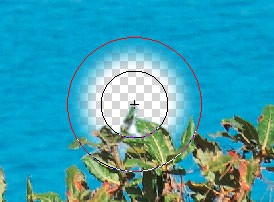
Hardness = 50
Hardness = 100 -
Step 3. Choose the operation mode for the tool:
- Drop
 . In this mode the Magic Brush deletes only the points having the same colors as listed in the Drop Colors field.
. In this mode the Magic Brush deletes only the points having the same colors as listed in the Drop Colors field. - Keep
 . In this mode the Magic Brush restores only the points having the same colors as listed in the Keep Colors field.
. In this mode the Magic Brush restores only the points having the same colors as listed in the Keep Colors field. - Keep & Drop
 . When this mode is enabled, the Magic Brush removes the points having the same colors as those listed in the Drop Colors field and colors close to them, and it restores the points having the same colors as those listed in the Keep Colors field and colors close to them.
. When this mode is enabled, the Magic Brush removes the points having the same colors as those listed in the Drop Colors field and colors close to them, and it restores the points having the same colors as those listed in the Keep Colors field and colors close to them.

Before application of the tool
Using Drop mode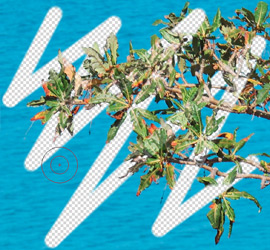
Using Keep mode
Using Keep & Drop mode - Drop
-
Step 4. You can also adjust the parameters of the brush in the Brush Sensitivity group:
Keep Colors. The higher the value of this parameter, the wider the range of the colors kept on the image.
Drop Colors. The higher the value of this parameter, the wider the range of deleted colors.
General Sensitivity. This parameter influences the amount of details recovered in difficult zones. The higher the value of this parameter, the more semitransparent details are visible.
Note. When the Enable Priority check-box is selected, the value of the Drop Colors parameter is ignored.
If the value of the Transition parameter is less than the value of the Keep Colors parameter + 10, the Transition value is ignored and the Keep Colors value + 10 is used. -
Step 5. If you need to change a color shade of the object activate the Foreground Recovery check-box.
In most cases the objects on a photo are not evenly lighted, therefore the cutout object can have shades and colors reflected from nearby objects. Such color shades can be absolutely inappropriate on a new background: for example, hair having a blue cast from the sky or a green shade from the trees, shadows of objects on clothes...
Foreground Recovery helps to get rid of these unwanted color shades. Just select a color with a click on the color plate. One click activates the eyedropper tool to pick a color from the image. Double click opens the Select Color dialog. If you set Transparency (with a right click on the plate), the brush will use the colors from the Keep Colors list.
The Strength parameter defines the influence of the applied color. The higher the value of the parameter, the more the colors are subject to change.
Apply the Magic Brush on the area you want to change, and the colors will get the chosen shade.

Without Foreground Recovery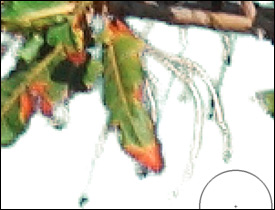
Using Foreground Recovery
green color selected -
Step 6. Process the fragment you need using the Magic Brush tool.
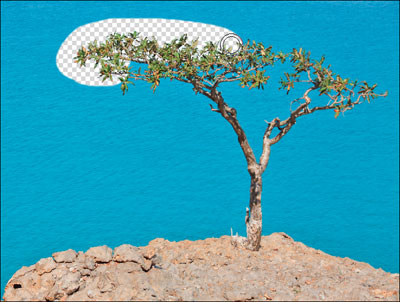
Using Magic BrushAfter you have adjusted the color sets and the parameters, draw over all areas you want to process.
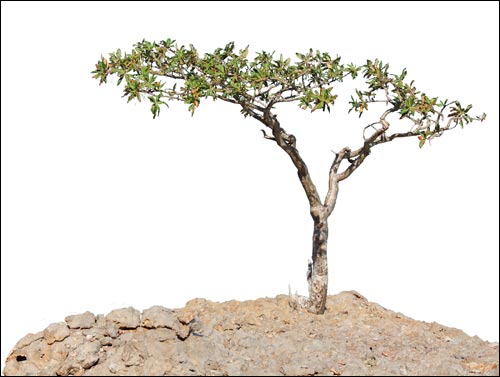
Result on the white background
You can also use the post-processing tools to edit the result.
